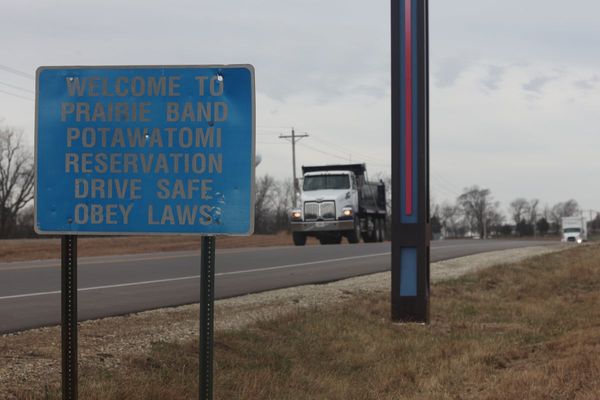
People who buy coverage on the Affordable Care Act marketplaces could face sharp premium shocks in 2026, with monthly out-of-pocket costs jumping as much as 75% as enhanced federal subsidies expire and insurers seek steeper rates, according to new analyses.
KFF Flags 18% Median Rate Proposals For 2026
ACA, often called “Obamacare,” was signed into law by former President Barack Obama in 2010.
KFF, a nonpartisan nonprofit organization dedicated to health policy research, finds insurers' median proposed premium increase is 18% for 2026, more than double last year's 7%, but the hit to consumers will be larger because the enhanced premium tax credits enacted during the pandemic are set to lapse after December 2025.
"Most enrollees are going to be facing a double whammy of both higher insurance bills and losing the subsidies that lower much of the cost," said Matt McGough, a policy analyst at KFF's Program on the ACA and the Peterson-KFF Health System Tracker, speaking to TIME.
Most ACA Enrollees Relied On Enhanced Premium Aid
Those enhanced credits have been widely used. About 93% of marketplace enrollees, or 19.3 million people, received them, saving $700 a year on average, according to the Center on Budget and Policy Priorities. For some, the aid zeroed out monthly premiums on certain plans. For many others, it knocked hundreds of dollars off coverage they otherwise couldn't afford.
Insurers Cite Rising Costs And Drug Demand
Insurers say several forces are driving 2026 filings. These include rising medical prices and utilization (including mental health and ER care), higher labor costs, the costly uptake of GLP-1 drugs such as Ozempic and Wegovy and other pharmaceutical pressures. Analysts also flag policy uncertainty tied to the sunset of the subsidy. Initial estimates suggest average requested hikes of around 20% across many markets.
KFF estimates payments would rise over 75% on average without an extension, with some states seeing even larger increases.
Whether Congress extends the enhanced credits will determine how much of the sticker shock lands on households when 2026 rates take effect. For now, regulators will review filings through late summer before final rates are posted this fall.
Read Next:
Photo Courtesy: Heather A Phillips / Shutterstock.com







